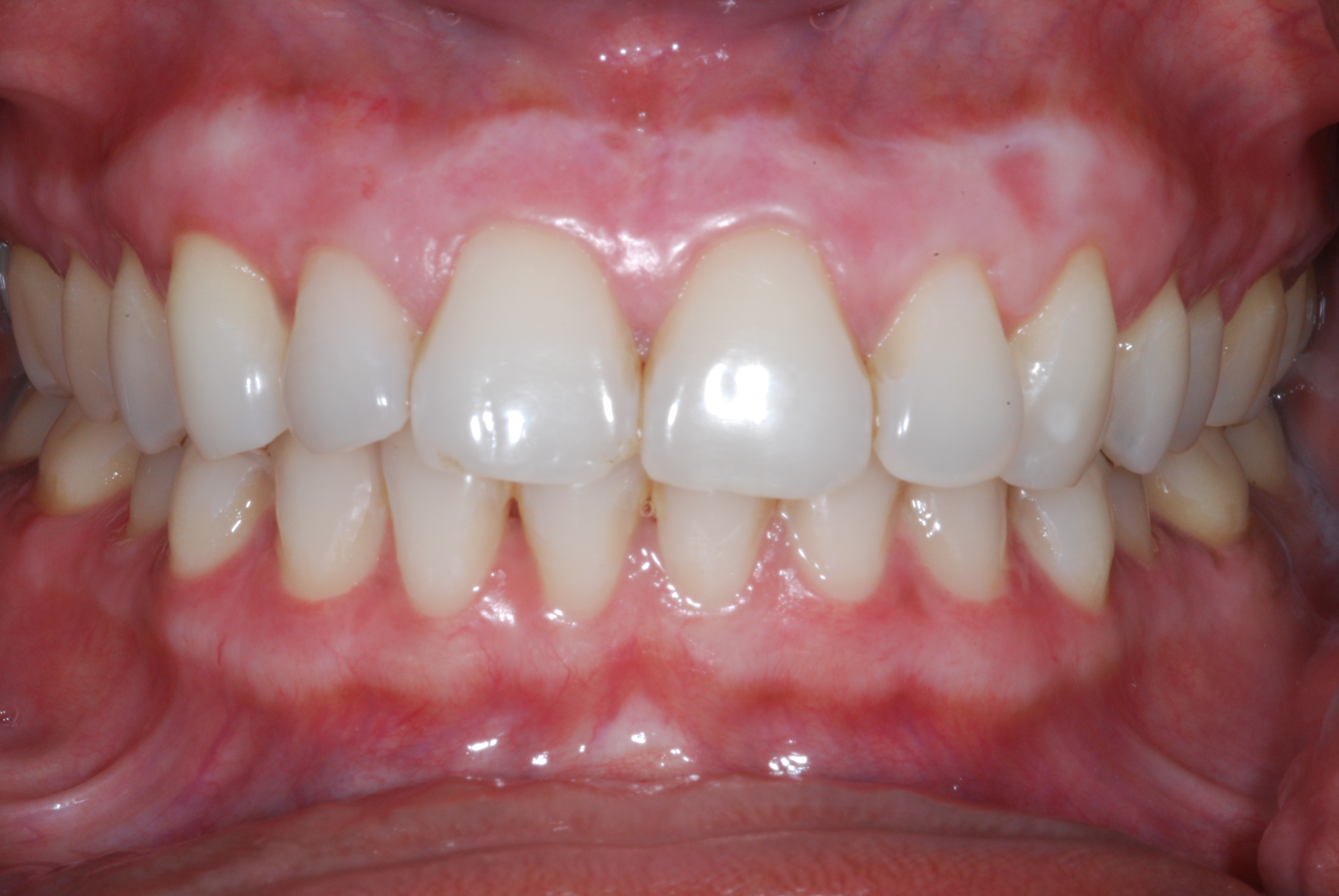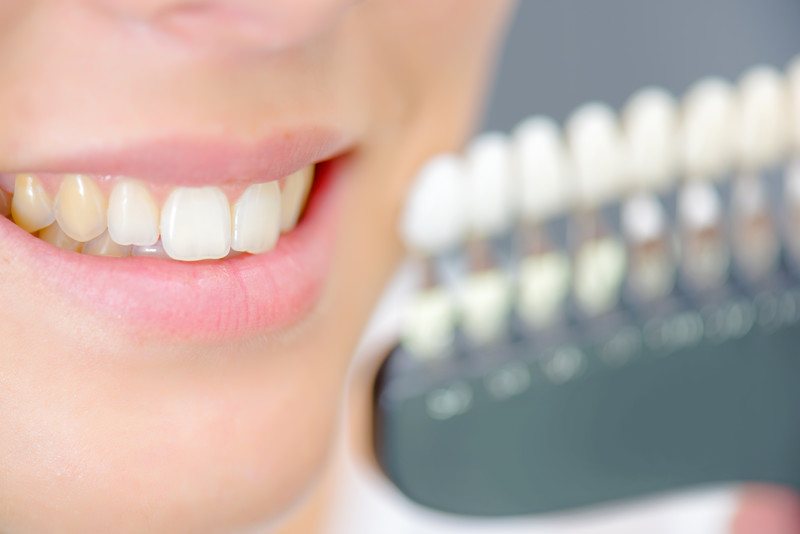White Gums After Whitening: Causes Revealed

The quest for a dazzling smile has led many to try teeth whitening treatments, but for some, the journey ends with an unexpected surprise: white gums. This condition, where the gums appear white or pale after a teeth whitening procedure, can be alarming and raise concerns about the safety and efficacy of the treatment. Let’s delve into the possible causes of white gums after teeth whitening and explore what you need to know.
Chemical Burns from Overexposure
One of the primary reasons for white gums after whitening is the overexposure to the bleaching agents used in the treatment. Teeth whitening products, especially those containing hydrogen peroxide or carbamide peroxide, are designed to penetrate the tooth enamel to break down stains. However, if these chemicals come into contact with the gums for too long or in too high a concentration, they can cause chemical burns. These burns can lead to the whitening or bleaching of the gum tissue, resulting in a pale or white appearance.
Inadequate Protection
During professional teeth whitening treatments, dentists typically apply a protective barrier to the gums to prevent the bleaching gel from coming into contact with them. However, if this barrier is not applied correctly or if it is inadequate, the bleaching agents can reach the gums, causing unwanted whitening. At-home whitening kits also carry this risk, especially if the user does not follow the instructions carefully or if the kit does not include a gum protective component.
Increased Sensitivity
Increased sensitivity of the gums can also play a role in their whitening after a teeth whitening procedure. If the gums are more sensitive than usual, even slight exposure to the bleaching agents can cause irritation and lead to a change in their color. This increased sensitivity can be due to various factors, including gum recession, poor oral health, or previous dental work.
Healing Process
In some cases, the whitening of the gums after a teeth whitening treatment can be part of the natural healing process. After exposure to the bleaching agents, the gums may initially appear white or pale due to minor irritation or slight chemical burns. As the gums heal, they typically return to their normal color. However, the healing process can vary among individuals, and in some cases, it may take longer for the gums to regain their natural appearance.
Role of Gum Health
The health of your gums before undergoing a teeth whitening treatment can also influence the likelihood of experiencing white gums afterward. Individuals with pre-existing gum conditions, such as gingivitis or periodontitis, may be more susceptible to gum irritation and whitening due to the treatment. Maintaining good oral hygiene and addressing any gum issues before pursuing teeth whitening can help minimize the risk of complications.
Prevention and Treatment
Preventing white gums after teeth whitening begins with proper preparation and caution during the treatment. This includes:
- Professional Guidance: When opting for professional teeth whitening, ensure that the procedure is carried out by a qualified dentist who can apply the necessary protective measures.
- Follow Instructions: For at-home whitening kits, adhere strictly to the provided instructions, and take necessary precautions to protect your gums.
- Custom-Fit Trays: Using custom-fit trays for at-home whitening can help minimize gum exposure to the bleaching agents.
- Gum Protection: Apply a protective barrier to the gums before the treatment, if recommended or provided.
If you do experience white gums after a teeth whitening treatment, it is crucial to consult with a dental professional. They can assess the situation and provide appropriate guidance or treatment. In most cases, the condition is temporary and resolves on its own. However, in cases of severe chemical burns or persistent gum irritation, professional intervention may be necessary to promote healing and prevent further complications.
Conclusion
The appearance of white gums after teeth whitening, while concerning, is often a temporary and treatable condition. Understanding the causes, taking preventive measures, and seeking professional advice when necessary can help mitigate the risks associated with teeth whitening treatments. As with any dental procedure, prioritizing your oral health and being informed about the potential effects and their management is key to achieving the desired outcomes safely and effectively.
How common is it to experience white gums after teeth whitening?
+While not exceedingly common, experiencing white gums after teeth whitening can occur, especially if proper precautions are not taken to protect the gum tissue during the procedure. The incidence can vary based on the type of whitening treatment, individual sensitivity, and adherence to instructions.
Can white gums after whitening be a sign of a more serious issue?
+In most cases, white gums after teeth whitening are a temporary and minor issue. However, if the condition persists, is accompanied by pain, or if you notice other unusual symptoms, it could indicate a more serious problem that requires immediate dental attention.
How long does it take for the gums to return to normal after whitening?
+The time it takes for the gums to return to their normal color and health after a teeth whitening treatment can vary. In many cases, the gums heal and regain their natural appearance within a few days to a week. However, the healing time can be longer for some individuals, especially if the chemical burn is more severe or if there are underlying gum health issues.
Given the potential for temporary side effects like white gums, it’s essential for individuals considering teeth whitening to approach the treatment with a thorough understanding of the process, its possible effects, and the importance of professional guidance and aftercare. By doing so, they can better navigate any challenges that arise and enjoy the benefits of a brighter, healthier-looking smile.

